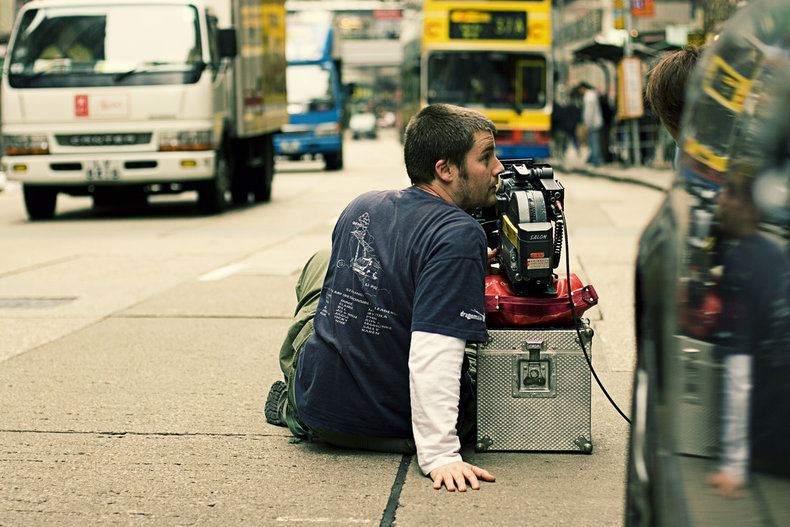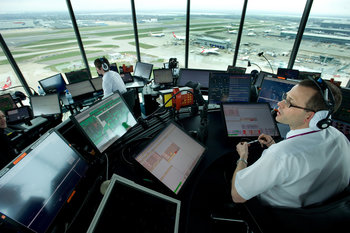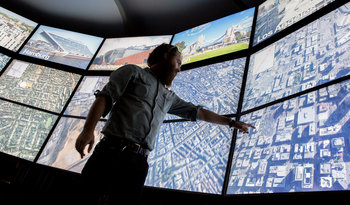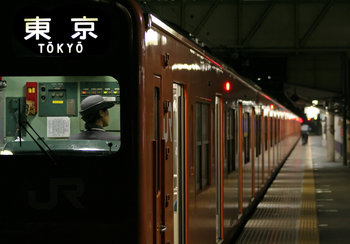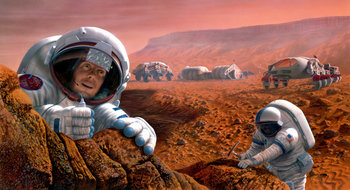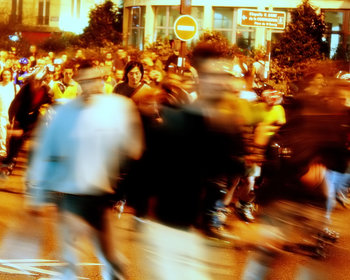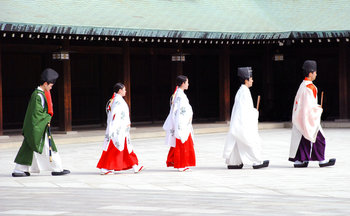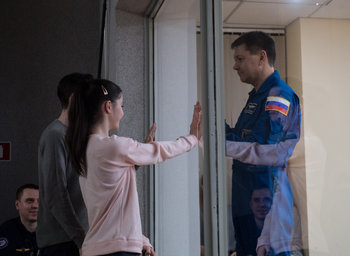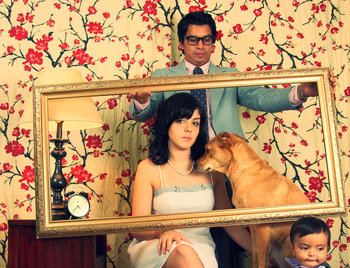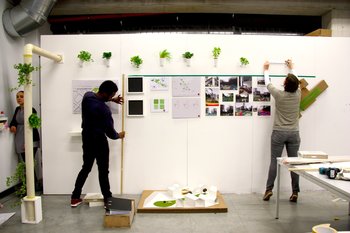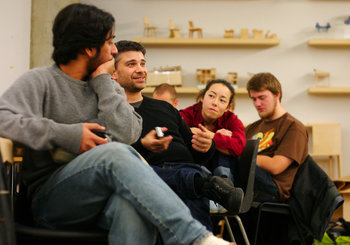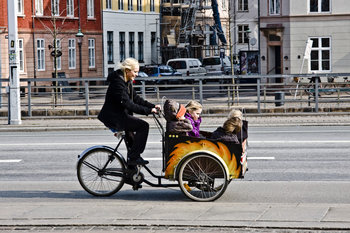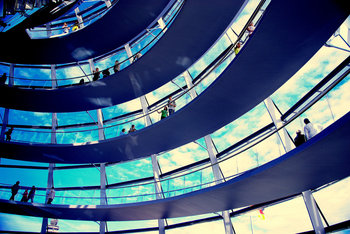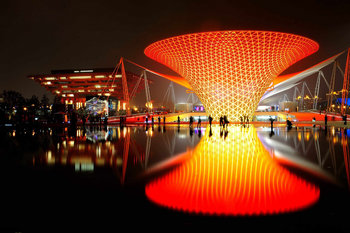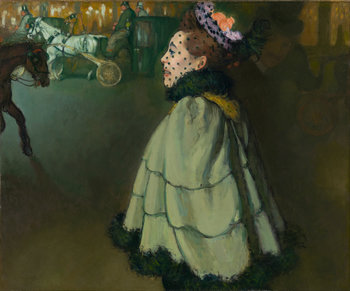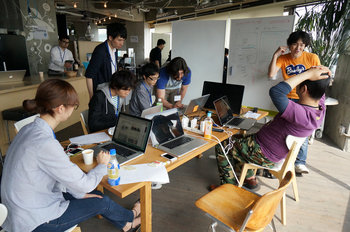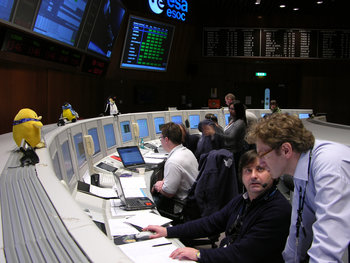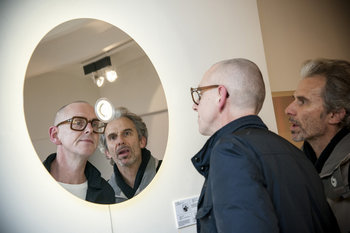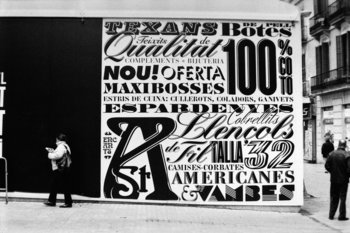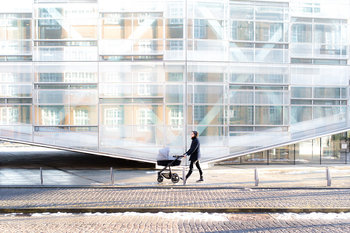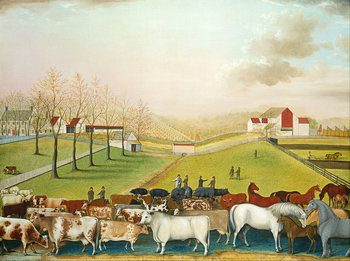|
| |
Human error is a mistake by a person. Use error is an error that involves a person and a technology. This is designed to replace the term "user error" that makes the often invalid assumption that a person is at fault.The DifferenceUse error is specific to user interfaces. Human error is a broader term that includes errors that occur independently of technology. For example, human error might include a misunderstanding in verbal communication between a pilot and air traffic control that results in an aircraft entering the wrong runway.OverlapA use error can potentially be a human error. In some cases, a use error has a technical root cause such as a lack of validation.|
| Human Error | Use Error | Definition | A mistake by a person. | An error that involves a person and a technology. |
Next read: Latent Human Error
Design
This is the complete list of articles we have written about design.
If you enjoyed this page, please consider bookmarking Simplicable.
A list of human factors in design.
An overview of value sensitive design.
A definition of human readable.
A definition or error tolerance with examples.
The definition of decision fatigue with examples.
The definition of demographics with examples.
The definition of pessimism with examples.
The definition of achieved status with examples.
The definition of the human condition with examples.
A list of words for emotion.
A comprehensive guide to design.
An overview of color theory.
The difference between layout and composition.
The difference between modeless and contextual user interfaces explained.
A list of common types of design.
The steps in a design process.
The common types of design quality.
A definition of universal design with examples.
A definition of sensory design with examples.
An overview of emotional design.
The definition of elegance with examples.
TrendingThe most popular articles on Simplicable in the past day.
Recent posts or updates on Simplicable.
Site Map
© 2010-2023 Simplicable. All Rights Reserved. Reproduction of materials found on this site, in any form, without explicit permission is prohibited.
View credits & copyrights or citation information for this page.
|
